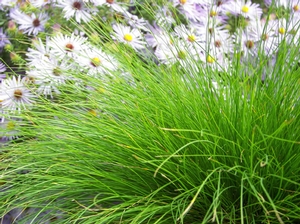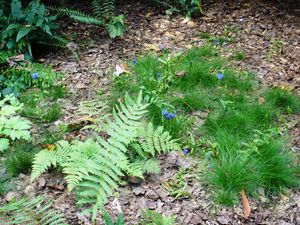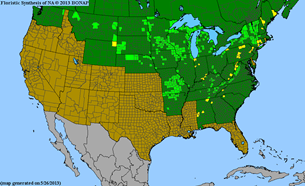
Carex eburnea
bristleleaf sedge
A wonderful naturalizer, Carex eburnea is the ideal native groundcover for the woodland or rock garden. Petite colonies of 6-8 inch long soft, thread-like foliage takes on a spherical shape as inconspicuous whitish-green flower spikes appear in early spring.
| SIZE | |
|---|---|
| Carex eburnea LP32 - 32 per flat | Availability |
Height6-8 Inches |
Spread6-8 Inches |
Spacing10 Inches |
Bloom ColorGreen |
USDA Hardiness Zone 2-8 |
bristleleaf sedge Interesting Notes
A wonderful naturalizer, Carex eburnea is the ideal native groundcover for the woodland or rock garden. Petite colonies of 6-8 inch long soft, thread-like foliage takes on a spherical shape as inconspicuous whitish-green flower spikes appear in early spring.
Native to the US, running from Canada to the southeast near Georgia, this sedge grows in conifer or mixed forests and limestone outcroppings and glades. It is known to grow in drier, sandy soils, and is great for dry areas that are damp in spring, especially beneath cedars. Bristleleaf sedge prefers more alkaline soils in part-shade to shade.
Slowly forming a mass in our woodland garden, Carex eburnea can form colonies by stolons running in loose, friable soil. The fine texture of the foliage creates a soft effect in the garden that is enjoyable in contrast to bolder foliage such as Stylophorum diphyllum or Athyrium.
Key Characteristics & Attributes






Additional Information
|
Soil Moisture Needs
|
Green Infrastructure
|
Wetland Indicator Status
|
Plug Type
|
||||||||||
|
Attributes
|
Propagation Type
|
Grass Type
|









